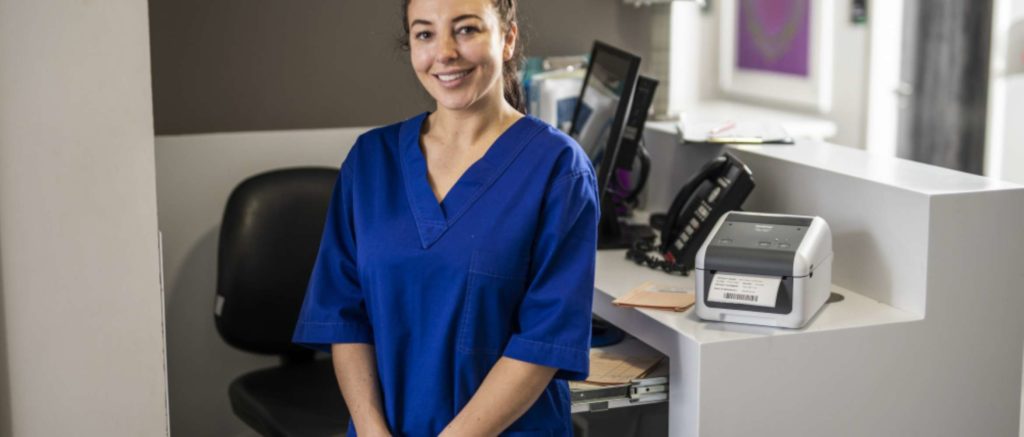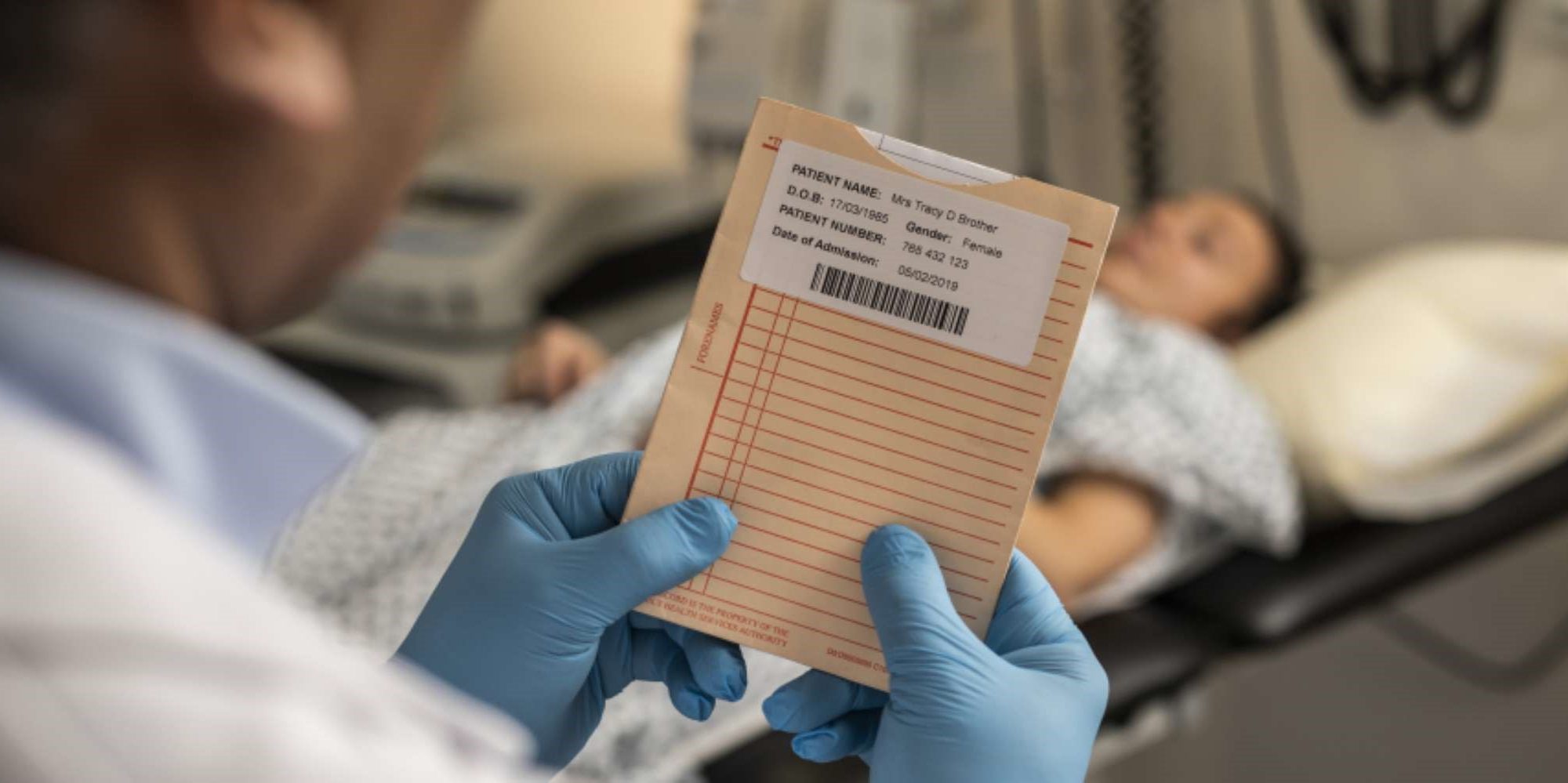Throughout the COVID-19 pandemic, there has been an increase in virtual medical consultations and remote treatment which has led to the rapid acceleration of digital solutions. This digital response has been heavily led by primary healthcare, as many secondary healthcare providers prioritized a focus on treating COVID-19 patients.
As such, the default for secondary healthcare remains as face-to-face consultations and in-person follow ups. However, in many cases, there is probably no need to visit a hospital just to have a conversation with someone.
Leading from the frontline
For many people, primary healthcare remained the first point of contact during the early stages of the COVID-19 pandemic. To deal with the rise in demand and to minimize contact, they introduced telephone, email and virtual consulting. While this enabled continuity of care, it also ensured those who did need in-person appointments were able to get them.
During this time, there were widespread – and legitimate – concerns about potential damage to the health of those whose routine care had to be postponed or abandoned. Of particular concern was the need to manage the aftermath of the pandemic while also dealing with the potential explosion in the need for mental health support caused by it.
This is where secondary healthcare services can learn valuable lessons from the primary healthcare experience and drive their own shift to new digital ways of working.
A changing landscape
Nowadays an increasing number of people are now using digital technologies to access medical information and manage their health. This includes searching for health information online, booking appointments, attending virtual health consultations and using digital technologies to manage their health remotely1.
Transformations like this are seismic, saving healthcare workers and patients significant amounts of time.
Alongside many other sectors, healthcare has seen a switch towards remote working. However, healthcare faces unique challenges when it comes to sharing highly sensitive information such as patient records. Sharing physical records is costly and time consuming. It also creates issues around confidentiality and staff monitoring. This is where secure digital technology comes into its own.
And it isn’t just patient care that can benefit from this technological shift. Staff training and onboarding can be done remotely, protecting resources and reducing the need for travel.
We have the technology…
Healthcare technology to do all of this digitally already exists. What’s more, it can be easily integrated into current workflows so that it does not require additional resource or significant new staff investments. The onus now is on decision makers to update their IT strategies and invest in new frameworks that are fit for the future of healthcare provision as a core of healthcare, patient confidentiality is paramount in the switch to digital. IT departments will already be well aware of the security measures that need to be implemented. Many, if not all, modern devices like printers and scanners will have built-in security as pull printing, encryption and user authentication. The key will be providing training so that all staff members understand digitization so they can shift their thinking and habits away from the ‘traditional’ way of doing things.

To find out more about Brother’s healthcare technology solutions, visit https://www.brother.ae/en/contents/business-solutions/healthcare
